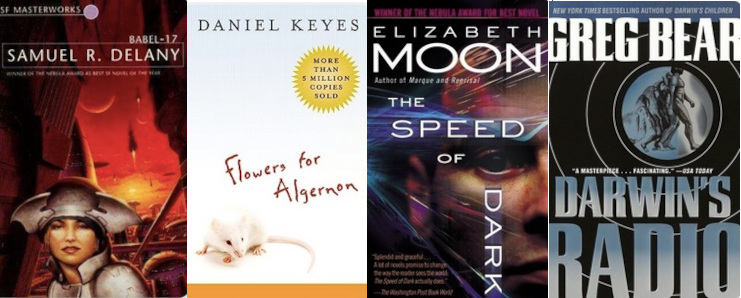Published: Dec 10, 2023 by Steve Baskauf
Camera trapping is an increasingly important method used by ecologists for monitoring animals in the wild. Camera trap data has previously been difficult to publish by conventional means, since the data includes many related images or videos that must be associated with the occurrence data. The new Camtrap DP standard provides a way to package camera trap data based on the open Frictionless Data Package specification. Camtrap DP datasets can be easily exchanged or published to the Global Biodiversity Information Facility (GBIF) where the included occurrence data will be integrated with biodiversity data collected by other means.
Publication of our paper describing version 1.0 of the standard is the first step in the process of further development by the camera trapping community, and adoption of the standard under the auspices of the Biodiversity Information Standards (TDWG) organization.
Full citation: Jakub W. Bubnicki, Ben Norton, Steven J. Baskauf, Tom Bruce, Francesca Cagnacci, Jim Casaer, Marcin Churski, Joris P.G.M. Cromsigt, Simone Dal Farra, Christian Fiderer, Tavis D. Forrester, Heidi Hendry, Marco Heurich, Tim R. Hofmeester, Patrick A. Jansen, Roland Kays, Dries P.J. Kuijper, Yorick Liefting, John D.C. Linnell, Matthew S Luskin, Christopher Mann, Tanja Milotic, Peggy Newman, Jürgen Niedballa, Damiano Oldoni, Federico Ossi, Tim Robertson, Francesco Rovero, Marcus Rowcliffe, Lorenzo Seidenari, Izabela Stachowicz, Dan Stowell, Mathias W. Tobler, John Wieczorek, Fridolin Zimmermann, Peter Desmet. 2023. Camtrap DP: An open standard for the FAIR exchange and archiving of camera trap data. Remote Sensing in Ecology and Conservation. 2023. https://doi.org/10.1002/rse2.374
Image at top of page: Camera trap image of white-lipped peccaries (Tayassu pecari) 2013-07-29T08:42:12-03:00 at Foles, Ilha do Cardoso, Cananéia County, São Paulo, Brazil. -25.160643° latitude,-47.933229° longitude. Photo courtesy of Maria Luísa Jorge. http://bioimages.vanderbilt.edu/jorgem/rec13_1771. Available under a CC BY 4.0 license.
Image at side: Image from Fig. 1 of Bubnicki et al. 2023. Camtrap DP: an open standard for the FAIR exchange and archiving of camera trap data. Remote Sensing in Ecology and Conservation. https://doi.org/10.1002/rse2.374. Available under a CC BY-NC 4.0 license.


